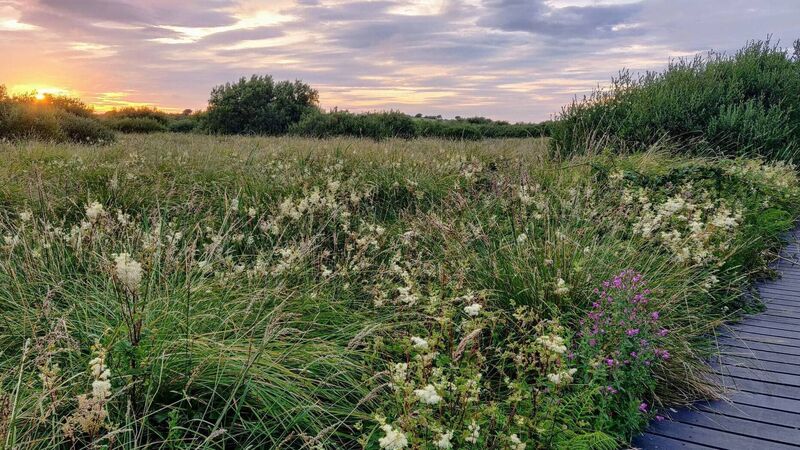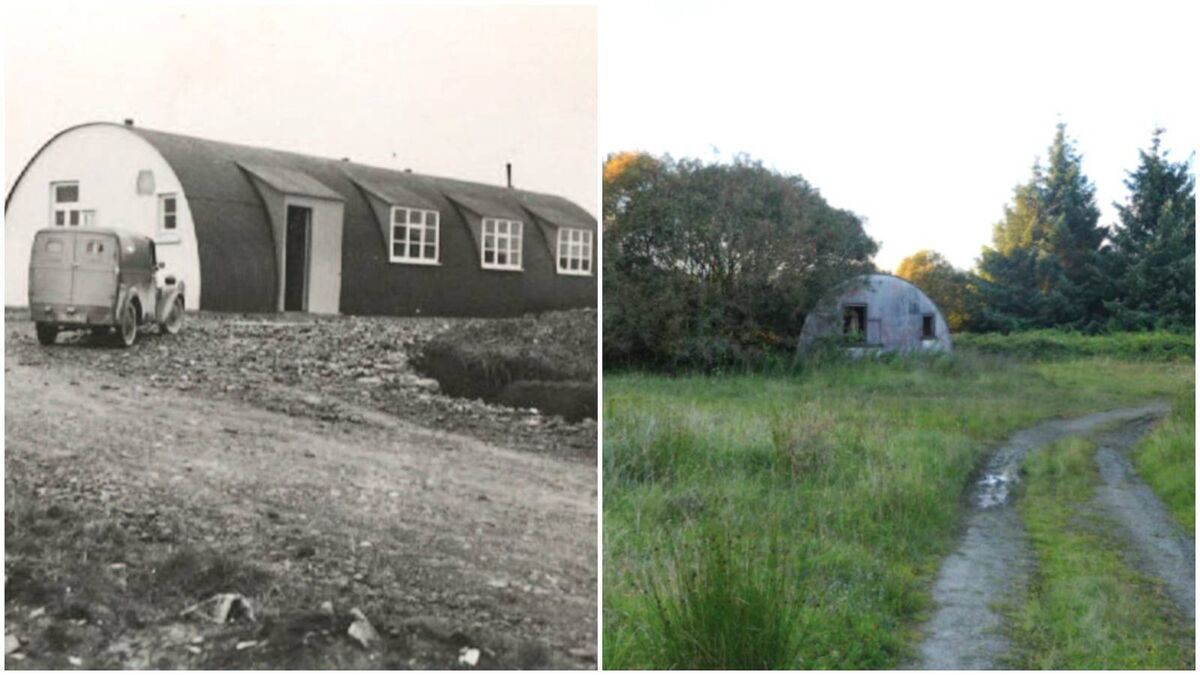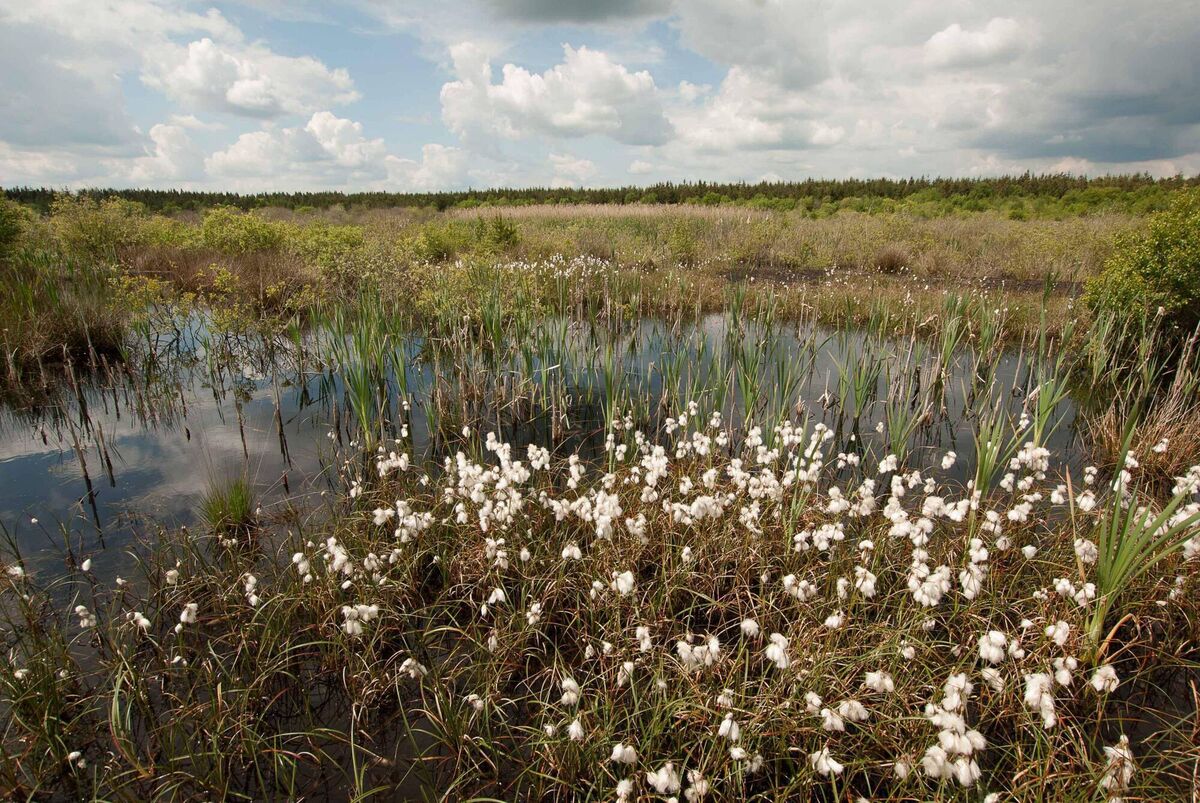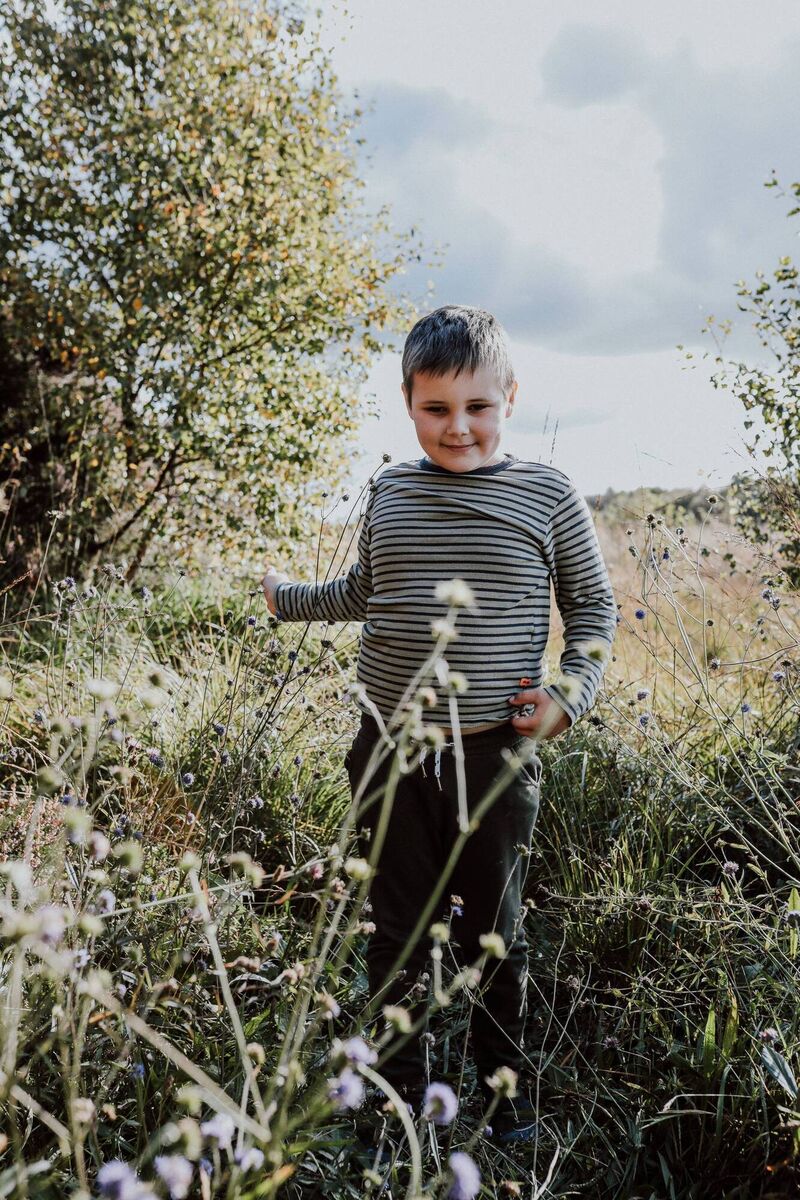Bright future for bogs that have been taken over as nature havens

The 13-hectare site at Fenor Bog is one of the few community owned nature reserves in Ireland. Picture: Dungarvan Tourist Office
It was ironic, recently, that windfarms came in for so much attention when the history of a disused Bord na Móna bog was being marked.
Controversial wind turbines now dominate the elevated moorland along the borders of counties Cork, Kerry and Limerick, where harvesting an altogether different source of energy was once common.
This is familiar country and home of the singing skylark: turf-cutting territory where a man who could skilfully wield a sleán — a spade-like weapon for slicing sods from peatland — was respected. Almost every family burned turf, the only fuel in many homes, but it’s now a dying tradition.

Barna Bog, near Ballydesmond, County Cork, closed in 1984 after being operated by Bord na Móna for around 40 years: a key, local employer in tough economic times when emigration was rampant, with around 200 people on the payroll during the turf-harvesting season.

Turf-cutting machines went into action in March and there could be upwards of three cuttings in an exceptionally fine year, with men working round-the-clock shifts.

All of which is recalled in a booklet and video launched in Tureencahill, a townland adjoining the bog within shouting distance of the River Blackwater. A local group took on a project to research and record the bog’s history, interviewing several former workers.

The bog provided hospitals in Cork and Kerry, and private homes, with turf. But times have changed. Now, at EU and government levels, what bogs remain are seen as carbon sinks and nature havens which should be biodiversity-protected.
Which raises the question: what’s the future for the 600-acre Barna Bog... small compared to the huge Bord na Móna bogs in the Midlands?

Some local people feel Barna could be developed as a public amenity, with walks, wildlife-watching, and, importantly, designation as a nature reserve. There’s a track through the middle of the bog, where a turf-transporting train once ran, which could be a solid foundation for a good walkway, It’s a place where the curlew, hen harrier, wild duck, and other wildlife, could find a safe haven. Drains, which men toiled to open before turf production started in the 1940s, would inevitably be blocked to ‘re-wet’ the peatland.
We’ve examples of communities taking over bogs as happened in Fenor, County Waterford, where a small bog is now a national nature reserve, with a boardwalk made of recycled plastic going through it.

Then there’s the Bord na Móna-owned Lough Boora Discovery Park, in County Offaly, where turf-cutting ceased in the 1970s. Comprising more than 4,000 acres, Boora is visited by nature lovers, groups of school children and people who enjoy walking in the bracing air.







